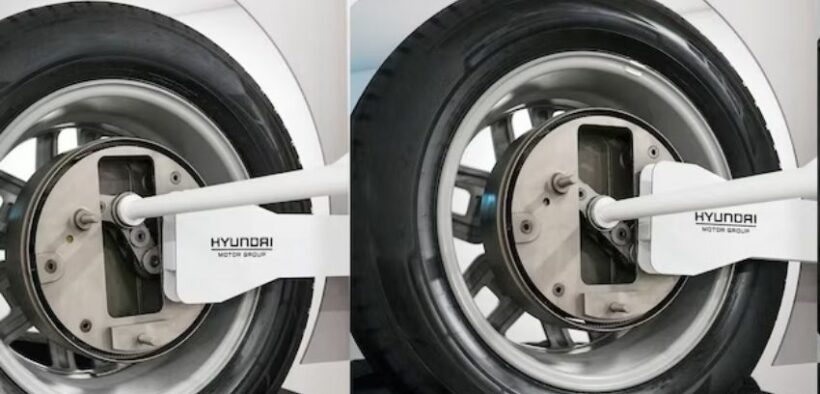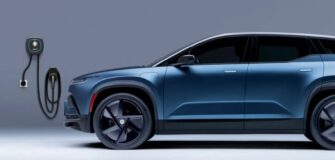Revolutionizing Wheels: Hyundai’s Uni Wheel – A Bold Move or Just a Gimmick?

Engineers, as it turns out, are a restless bunch. The constant pursuit of improvement often leads to innovation that challenges the status quo. Enter Hyundai and Kia, the dynamic duo that decided to rewrite the rules of the conventional CV joint with their brainchild – the Uni Wheel. Is it a full-on revolution in automotive engineering, or is it a quirky tangent destined for the scrapyard of automotive history? Let’s dive into the complexities and promises of this peculiar wheel.
Unraveling the Uni Wheel
The Uni Wheel, visually resembling a box-like structure, has thrown the tried-and-tested CV joint design out of the window. The intricate system involves a central sun gear moving within a slot, accompanied by articulating arms laden with planetary gears – a four-gear arsenal for each arm. The power is then transferred to a ring gear connected to the actual wheel. It’s undoubtedly complex, and while complexity often signifies innovation, it also raises questions. What problems is the Uni Wheel solving, and does it introduce new challenges?
Addressing CV Joint Woes
CV joints, especially when exposed to extreme angles, can wear out faster. This is a common woe for drivers with lifted Subarus, where large angles stress the joints. The Uni Wheel claims to be the antidote to this issue by eliminating both inner and outer CV joints, reducing wear, and enhancing efficiency. Furthermore, the design significantly shortens the driveshaft, promising benefits in terms of both durability and efficiency. But, of course, the devil is in the details, and more information is needed to fully evaluate these claims.
Space Efficiency
One intriguing promise of the Uni Wheel lies in its potential to free up space within the vehicle. Eliminating the need for inner and outer CV joints creates room for other essentials. The video accompanying the Uni Wheel’s introduction hints at the possibility of utilizing this newfound space for extra batteries or expanding interior/cargo space. However, skeptics rightly question the relocation of motors, controllers, inverters, and onboard chargers. Shuffling components rather than eliminating them prompts us to wonder about the true packaging benefits, a verdict awaiting a production-ready Uni Wheel-equipped vehicle.
Advantages of the Move
The Uni Wheel boasts an internal handling of drive reduction, consolidating two functions into one compact space. A shorter half-shaft could potentially reduce weight, aligning with the automotive industry’s perpetual quest for efficiency. Power delivery and efficiency maintain continuity throughout the Uni Wheel’s up-and-down motion, presenting a compelling argument for its adoption. Hyundai and Kia underline the Uni Wheel’s scalability, envisioning its application across various scenarios, from wheelchairs to robots, essentially any entity propelled by e-motors.
The Gears Conundrum
A close inspection raises concerns about an array of meshing gears, a potential breeding ground for wear and friction-related issues. Gears, notorious for their whining, stand in stark contrast to the relative quietness of traditional CV joints. Additionally, the video leaves us pondering the Uni Wheel’s compatibility with steerable axles. While it demonstrates small-angle turns, the room for full-lock steering remains elusive. Speculations arise about the boots housing CV joints, potentially allowing full-lock steering on the horizontal axis.
As we conclude our exploration of Hyundai’s Uni Wheel, the verdict hovers between a leap into the future and a leap of faith. The Uni Wheel challenges norms, addressing prevalent issues with a concoction of complexity and promises. Its potential to reshape space utilization within vehicles is tantalizing, but questions linger about practicality, durability, and, most importantly, real-world benefits. The automotive world watches with bated breath as Hyundai and Kia tread uncharted territories.









